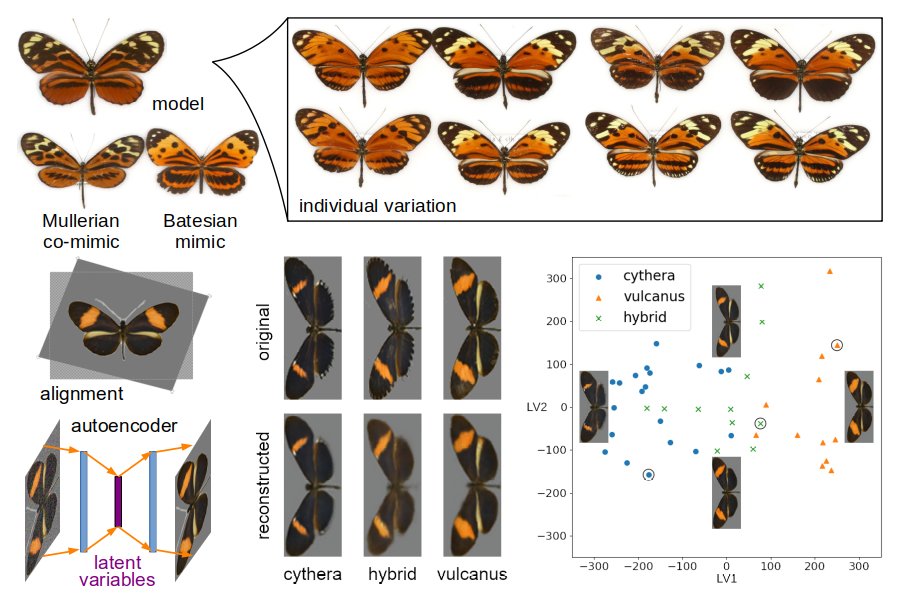Different organisms exhibit phenotypes, such as morphological and behavioral traits, that are characteristic of their species. However, even within a population of the same species, the phenotypes may vary substantially among individuals. This is in contrast to systems often studied in physics, which are made of identical and indistinguishable particles. Phenotypic heterogeneity within a population can play an important role in the adaptation and evolution of the species.
-
bet-hedging: the adaptive value of information and memory

Phenotypic variation can help a population adapt to fluctuating environments. By diversifying into subpopulations of different phenotypes that are favorable under different environmental conditions, the population can survive unpredictable environmental changes. The more uncertain the environment is, the more diverse the population needs to be. This “bet-hedging” strategy is found in many organisms, such as persister cells in bacteria, seed dormancy in plants, and defense mechanisms in animals. Some organisms utilize environmental cues to preferably express phenotypes that are favorable in more likely environmental conditions. The benefit of such cues for population growth is mathematically connected to the amount of information about the environment contained in the cues. Furthermore, we showed that certain internal states of the organisms can serve as internal cues because they are correlated with the environment as a result of selection. The more memory these states contain about the past environment, the better the organisms can adapt to temporally structured environments [ref].
-
mimicry: the statistical limit of resemblance and distinguishability
Coloration patterns on animal bodies are known to vary significantly between individuals, and can even serve as “fingerprints” for identifying individuals. Such patterns are important for many biological processes, including camouflage, warning signals, mating displays, etc. For example, in Batesian mimicry, a nontoxic species can display patterns similar to a toxic species to fool the predator and avoid attack. However, the level of resemblance varies from one species to another, and from one individual to another even within the same species. The extent to which the patterns vary within a species has not been well characterized. What consequences can such pattern variations have on the evolution of the species? We are developing machine-learning algorithms that can infer low-dimensional representations of complex coloration patterns. Such representations will be used as a morphological space to quantify visual traits and allow the study of variation among individuals and between species. We will be able to study evolutionary questions, such as those involving mimicry: Do mimics look more similar in the eye of the predators? Does intraspecific variation affect the distinguishability of the mimicry species?
